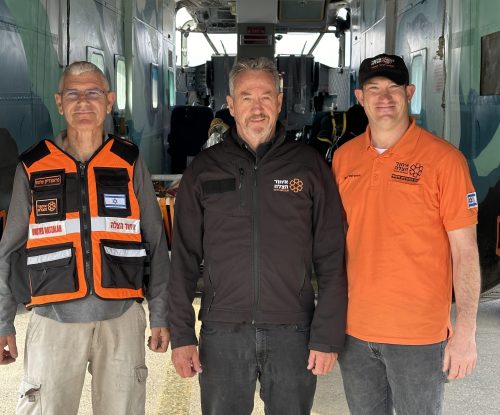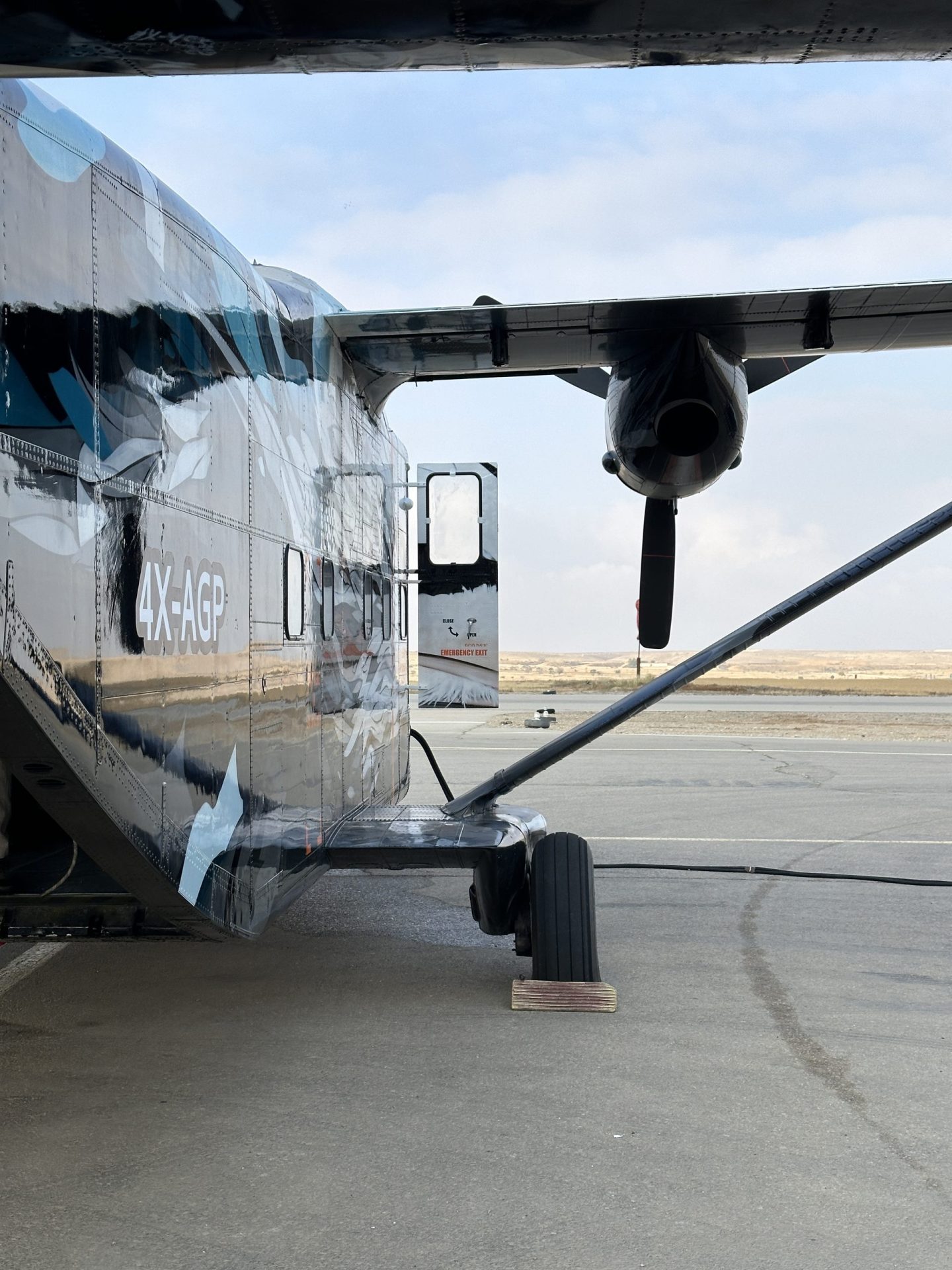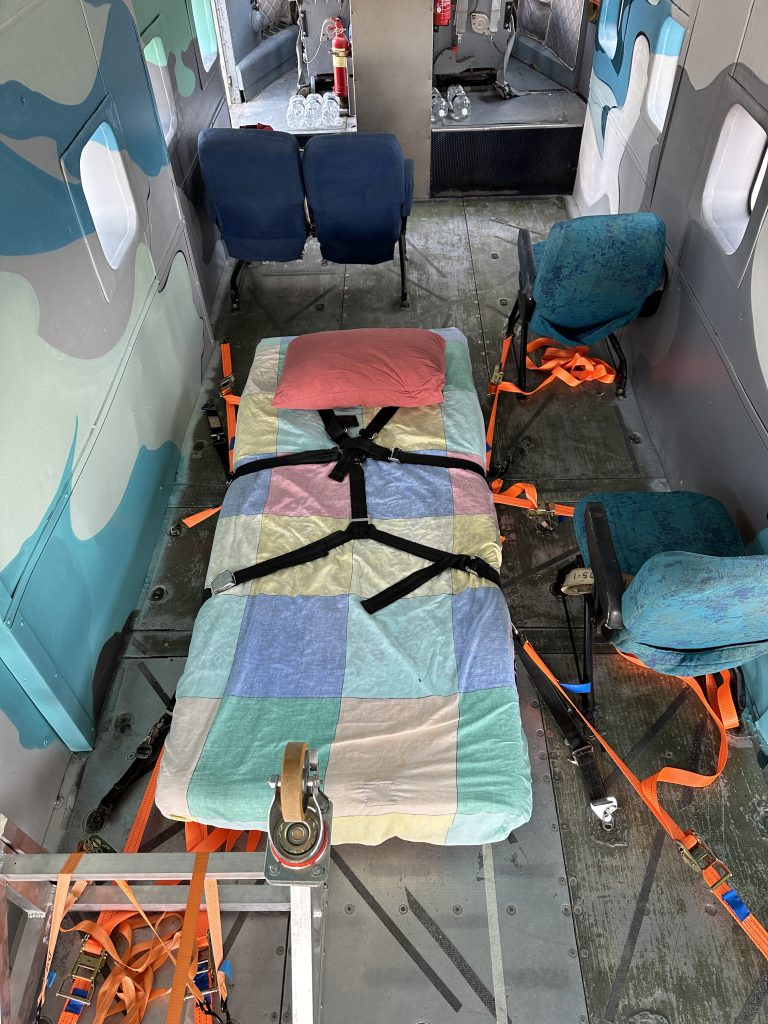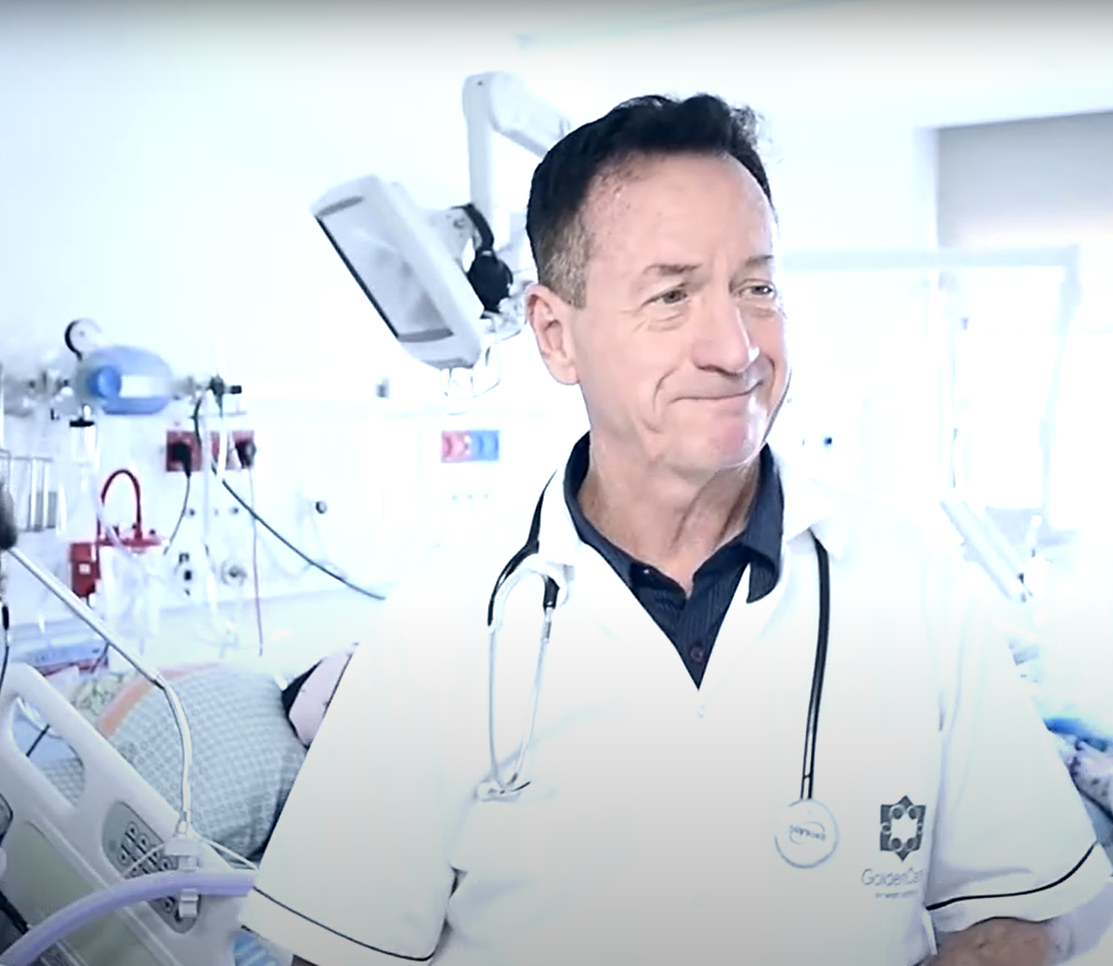When Prof. David Linton received a consultation request for a 350+KG Patient abroad, he did not assume that he was contacted because of his Air Ambulance expertise .
Yet, as the details of the patient and the care options became clear, prof. Linton understood that the best place to treat the 21 year old would be at one of the Golden Care rehabilitation centers in Israel. And so the journey to transport the patient began.
THE TEAM
Before diving in to the transportation of our class 3 (Morbidly obese) patient, it is imported to understand that there is no recorded event in which a passenger weighing 300+ kilograms was transported by Air to receive medical care. Therefore there were no previous attempts to learn from. And so a team of highly trained professionals was needed to ensure every precaution , safety measure and need was met.
Initially it was thought that the best way to transport the patient would be in an airline. The weight of the patient would be insignificant and from a logistical aspect relatively easy, as many air ambulance missions are conducted in the same manner. In an attempt to find an aircraft that had a wide enough

entrance, big airlines were ruled out as well as business jets used commonly for air ambulance missions. In addition no Helicopter available had the capacity or approval to execute a mission of such nature. Therefore a cargo plane was the only viable option.

AIT Aviation’s SC.7 Skyvan was chosen for the mission. Located in Be’er Sheva’s Teyman Airfield, the skyvan, used primarily for skydiving was exactly what was needed. Having a large rear door, to load and unload the patient, with a customizable cabin, plenty space and the capability to carry enough weight.
Then, with the help of Captain Nani Rozenstein, a Aviation mechanic and flight instructor, a plan was made to create a stretcher to transport the patient. a stretcher that would, in addition to holding the weight of the patient, be in accordance to local and international standards of aviation . one that could hold the patient down in the event that unforeseen G forces must be executed during flight.
Captain Rozenstein also played a lead role in communicating and receiving the necessary approvals from the Israeli Civil Aviation Authority. Together with Dr. Eran Schenker, head physician of the Israeli CAA, he made sure the mission was held to local and international standards.

Once the personalized stretcher was made and tested according to the appropriate standard, the aircraft was configured by the team to accommodate the patient and crew .
In addition, Nissan Chefets, a paramedic in the air medical unit of United Hatzalah and the Hatzalah Organization where an instrumental part in accommodating many logistic and medical demands for the complex mission.
While the team was busy receiving all necessary approvals for the mission, the patient was preparing for an historical journey and was on a strict diet to try and loss as much weight as possible before departing.

On the 15 of April 2024 at approximately 09:00 in LLBS the Skyvan took flight and set course for cyprus in order to fetch the now 300Kg patient.

